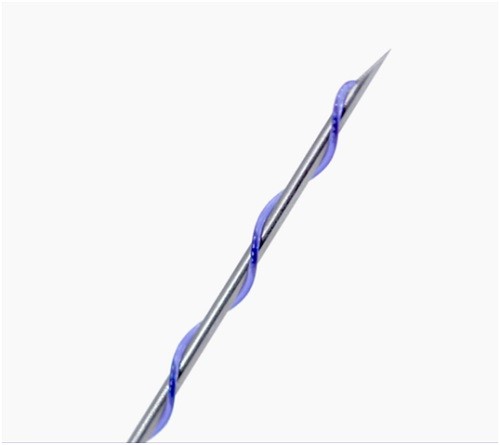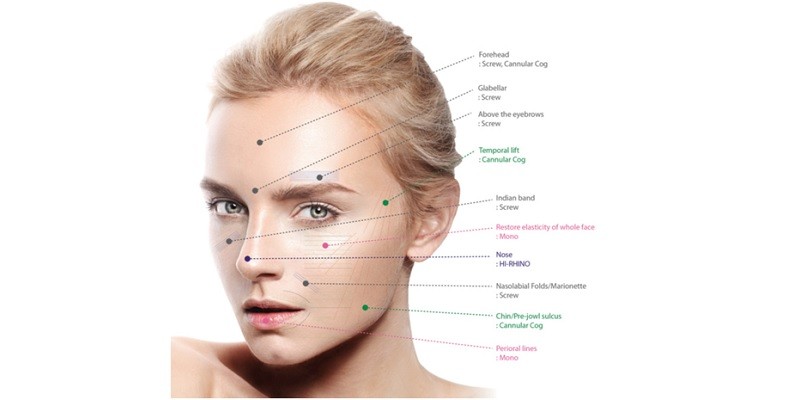A thread lift is a process that relies on a degradable suture to tighten and lift your skin. When compared to face lift surgery, it is less invasive. In the realm of thread lifting, both PDO and PCL threads are pretty popular.
Polydioxanone (PDO) thread lifts contain biodegradable polyester sutures. They are ideal for skin tightening since it will melt within a year after insertion, another name of this treatment is called PDO sugar threads.
On the contrary, PCL (Polycaprolactone) threads are relatively more effective than the PDO threads. The biodegradation of the PCL threads takes a long period of time which allows for the more excellent production of collagen.
With these things in mind, let’s learn some essential things about PDO and PCL thread lifts.
Contents
PDO Thread Lifting

Until recently, those looking to address facial skin issues were limited to invasive facelift surgeries. However, with the advent of PDO thread lifting, people can now opt for non-invasive skin-tightening procedures.
If you have excessive sagging skin on your face, PDO thread lifting can be a practical option. PDO thread lifting can improve the overall texture of the skin and induce collagen production.
PDO thread lifting is an FDA-approved procedure gaining popularity across the world. A PDO thread contains Polydioxanone. Polydioxanone is a biodegradable polymer that dissolves fully after a period of six months to one year.
PDO Thread Lifting and Collagen Production
The visible improvement of the treated skin will last for more than a year. PDO threads encourage the growth of collagen, which tightens your skin and helps you look younger.
Collagens induce various growth factors in the skin, which aids with wound healing. When the PDO threads are placed in your skin, they activate the body’s healing response.
But one of the significant drawbacks of PDO threads is that their effects are present only for six months. Surgical facial replenishment dates back to the early 1900s. Fully degradable PDO threads were introduced in 2011 and became popular.
Emergence of the PCL Threads

Much like the PDO threads, PCL Polycaprolactone threads are FDA-approved. Compared to PDO thread lifting, PCL threads are more effective. This is because PCL thread lifting can stimulate the collagen formation of the first and third types.
The latest generation of PCL threads contains mesothreads that are able to correct signs of facial aging, it will increase hyaluronic acid as well. Always remember that PCL biodegradation in the human body takes about eighteen to twenty-four months to melt.
Moreover, the aesthetic duration achieved from PCL thread lifting stays for more than two to four years. PCL threads are also softer than the PDO threads and last for a more extended period. Some advantages associated with PCL threads are as follows:
- No requirement for cuts on the skin
- Results in quicker rehab
- It doesn’t require profound anesthesia
- Ideal for skin replenishment in various parts of the body
So as you can see, both the PDO and PCL threads are safe materials for skin tightening. But with their versatility and capabilities, the PCL threads are more potent than the PDO threads. While undergoing cosmetic surgery, you should know the differences between them.

